I couldn’t travel to the low country without visiting Darien and St. Simon Island, Georgia. Robert Gould Shaw and the 54th Massachusetts had barely arrived in Beaufort before they set out for St. Simons Island and found themselves involved in the burning of the small river town.
It was also Shaw’s introduction to Col. James Montgomery, who commanded the 2nd South Carolina Volunteer Regiment. Shaw wrote extensively about Montgomery in the days and weeks following the incident. While he disagreed with the decision to burn the town he came to admire the Kansas Jayhawker. Montgomery enjoyed a conviction of cause that Shaw simply never possessed, even right up to his death on the ramparts of Battery Wagner.
The movie Glory does a very good job of depicting the burning of Darien.
Unfortunately, there isn’t much to see in Darien today. I came across only one building that dates to the war in the downtown business district. It is possible that some of the dark streaks are burn marks from the fire, but I don’t know for certain. The building is being preserved and will eventually house a brewery.
Looking out over the Altamaha River, I could easily visualize the approach of the transports that brought the 54th Massachusetts and 2nd South Carolina to Darien by noon on June 11, 1863.
Shaw wrote on the following day:
On the way up, Montgomery threw several shells among the plantation buildings, in what seemed to me a very brutal way; for he didn’t know how many women and children there might be.
About noon we came in sight of Darien, a beautiful little town. Our artillery peppered it a little, as we came up, and then our three boats made fast to the wharves, and we landed the troops. The town was deserted, with the exception of two white women and two negroes.
The damage to the town was extensive. In addition to businesses, the soldiers torched private homes and even churches, including St. Andrew’s Episcopal Church.
Despite Shaw’s fascination with Montgomery, he remained deeply weary of what transpired at Darien. He worried about the impact of the news on the reputation of the 54th, but overall Shaw maintained that the town was not a legitimate target given that it was not defended by Confederates.
What we don’t hear from Shaw is any sense of what the men under his command thought about their actions that day. Did his men catch a glimpse of Pierce Butler’s rice plantation, located within sight of the town? Did the Black soldiers perceive the torching of the town as just retribution? Shaw doesn’t say nor did he ever seem interested in how the men under his command understood the war.
I’ve read a fair share about the cultivation of rice in the low country, but there is no substitute for standing and looking out at the sheer vastness of some of these plantations. Amidst the beauty of this landscape, one can only begin to imagine the suffering that people must have endured working under these conditions.
From Darien I drove to St. Simons Island. Shaw and the 54th spent roughly two weeks on the island. There were a number of locations that I hoped to explore, especially Pierce Butler’s cotton plantation, but as I quickly learned, the island is dotted with golf courses and gated communities.
On June 9 Shaw wrote: “We arrived at the southern point of this island at six this morning.” Here is what he would have seen.
After two hours I was ready to dig up every golf course and tear down every gated community on the island. I decided to head back to Darien for a late afternoon lunch. I figured I should at least leave a few dollars in town given that the man I am writing about burned much of it down.
Yes, it tasted as delicious as it looked.
Shaw always maintained that he was following the orders of Col. James Montgomery at Darien. After his death, Sarah Shaw helped to shape public memory of her son’s military service.
In 1870 the rector and senior warden at St. Andrew’s Episcopal in Darien—the very church that was burned on June 11—published a notice in hopes of raising money to construct a new church. That notice was eventually picked up by newspaper.
Sarah was deeply disappointed to read that the church community placed her son in overall command of the expedition rather than Montgomery. She immediatlely contacted the rector to ask for a correction, which eventually appeared in a local Darien newspaper. “Had you known our son,” Sarah wrote, “you would understand why all his friends hastened to shield his memory. He died after twenty-five years of a fine and lovely life and left only sweet memories behind him.”
I find it interesting that Sarah did not mention Annie Kneeland Haggerty Shaw, who was now widowed after only a few months of marriage, but this is another story.
Sarah and Frank Shaw eventually sent $1000 to St. Andrews to help with the construction of a new church. Interestingly, the connection between the burning of the church and Shaw’s involvement, along with the family’s generous donation helping to rebuild after the war, isn’t referenced in the historical marker above.
Well, it’s hard to believe that my trip is coming to an end tomorrow. I have one more day trip planned before flying out, which I think will help me to bring some closure to this journey.
Thanks to all of you for following along. I especially want to thank my paid subscribers. Your support has helped to make this trip possible and I have no doubt that it is going to help push me over the top in completing this project.

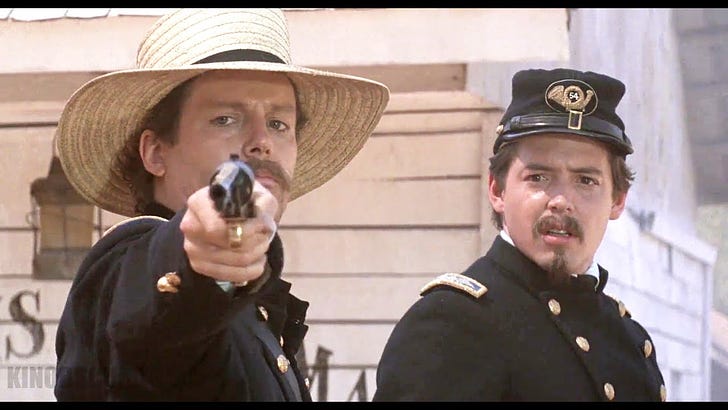


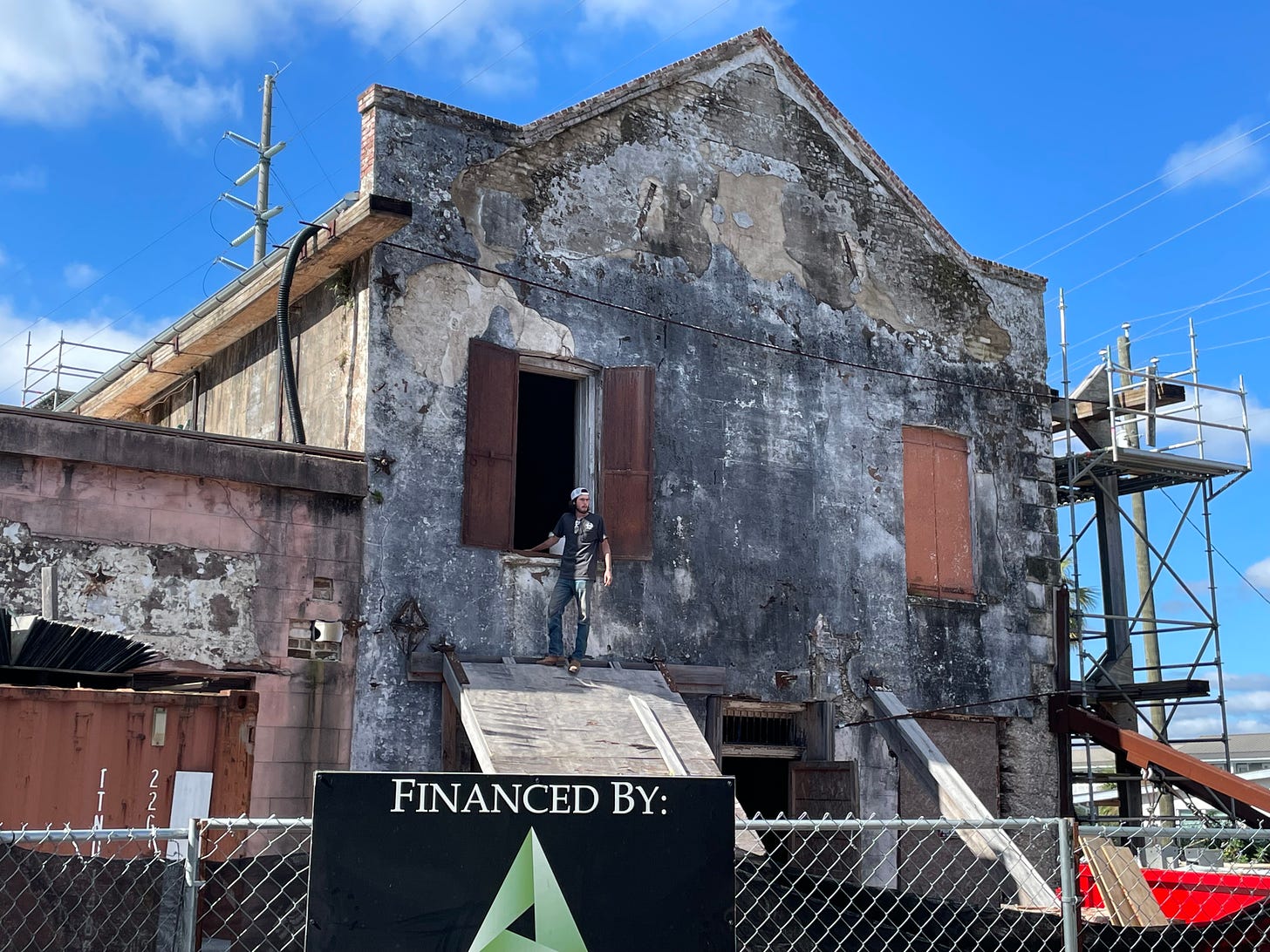
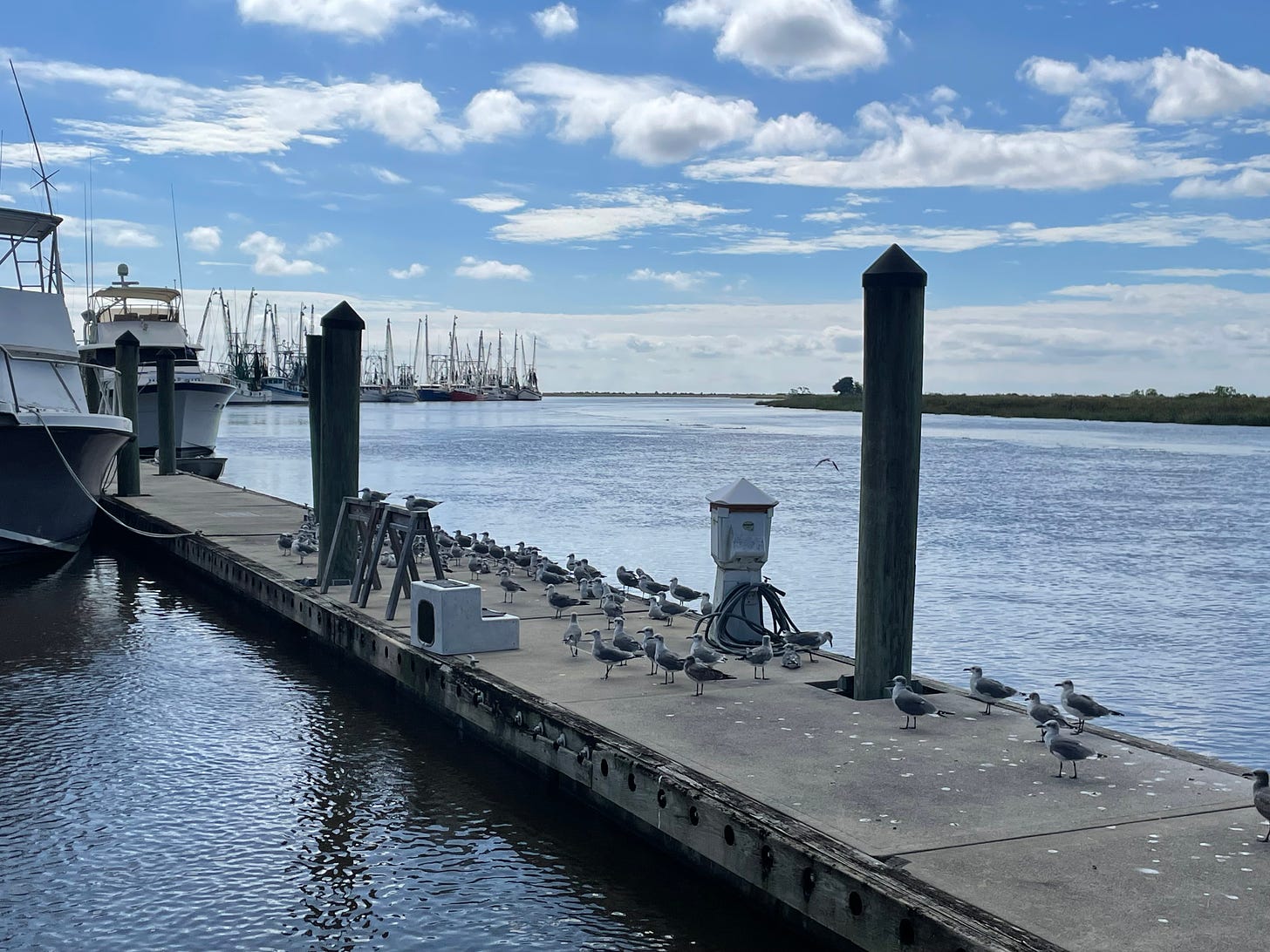
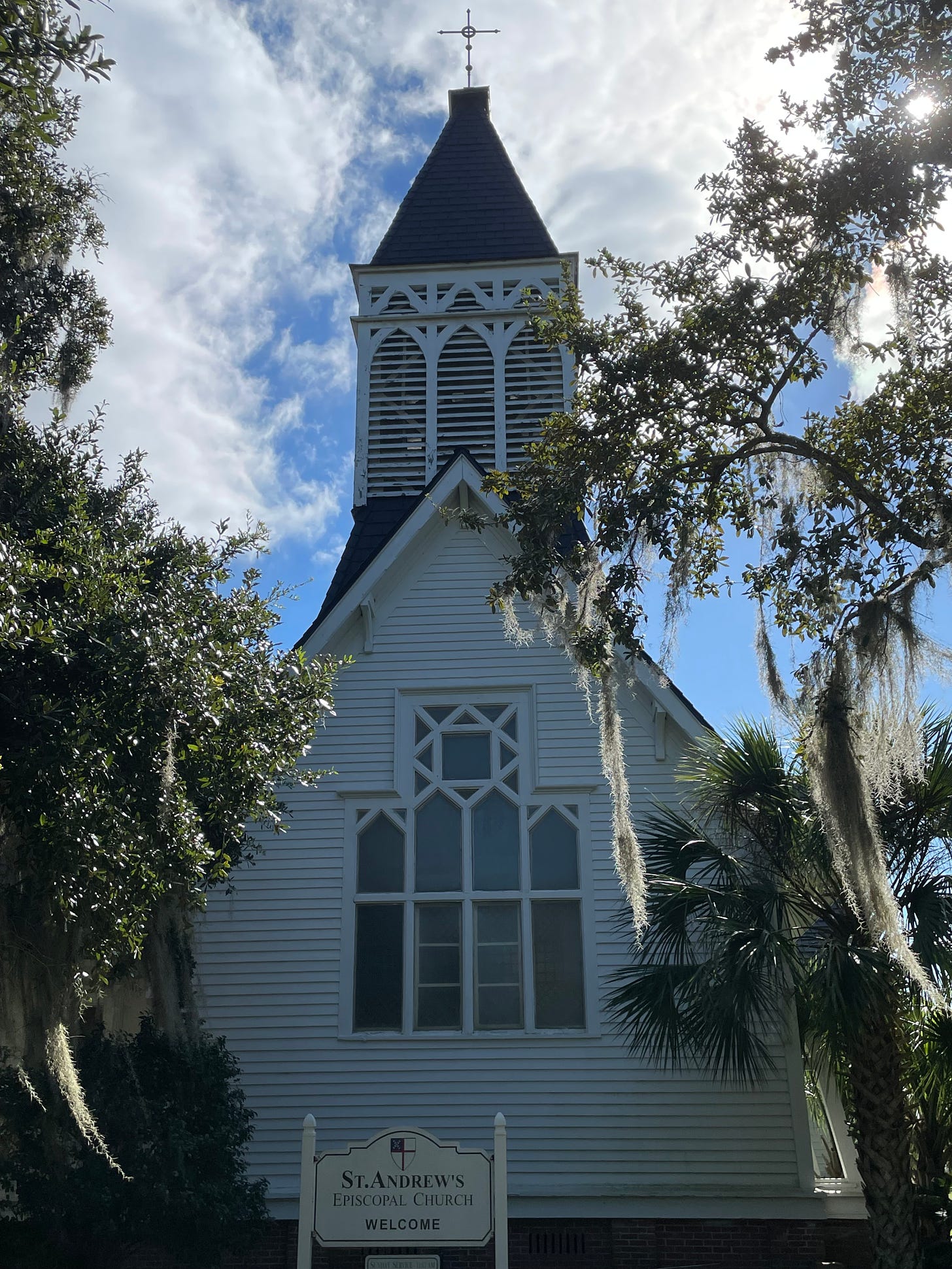
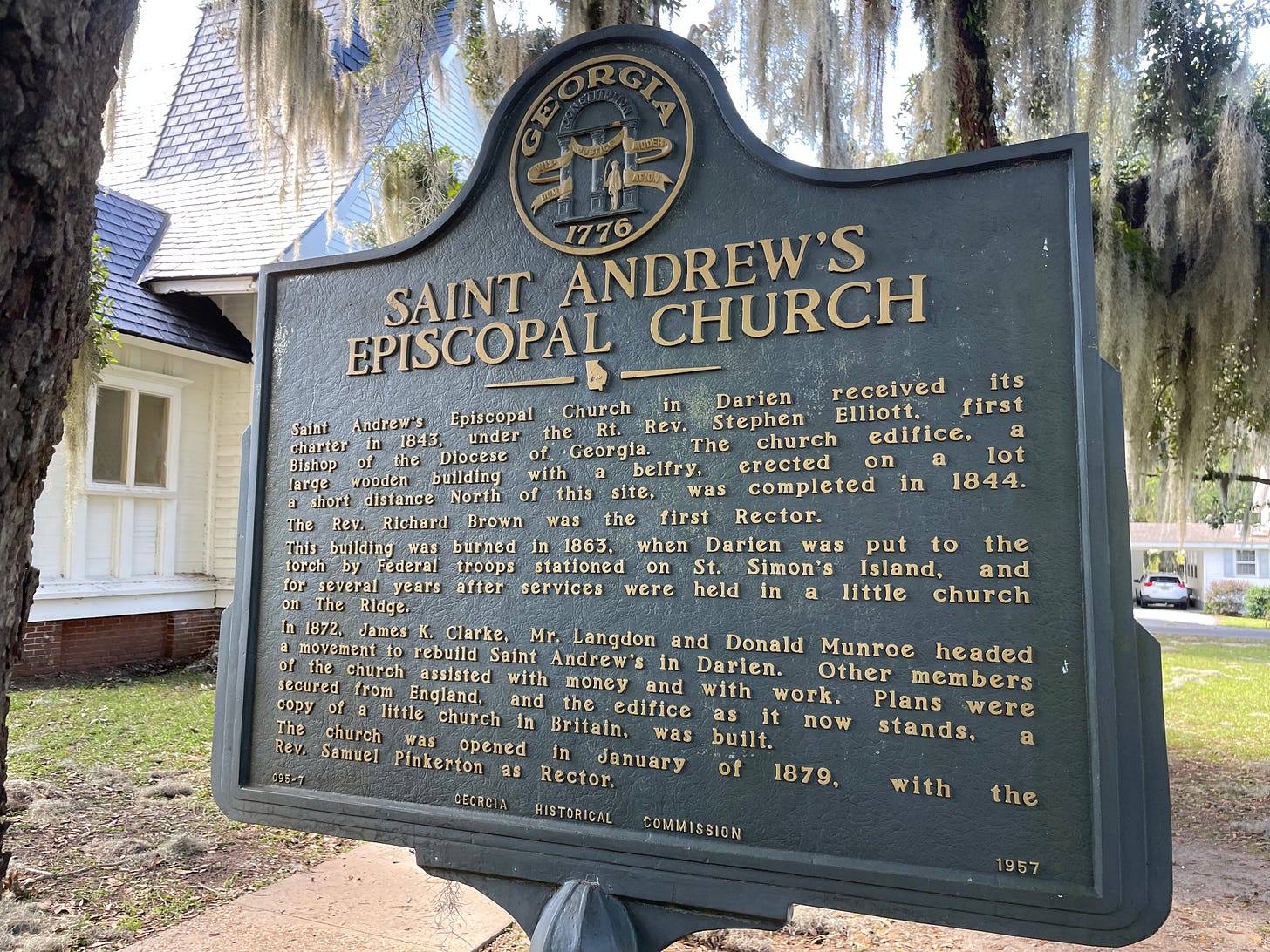
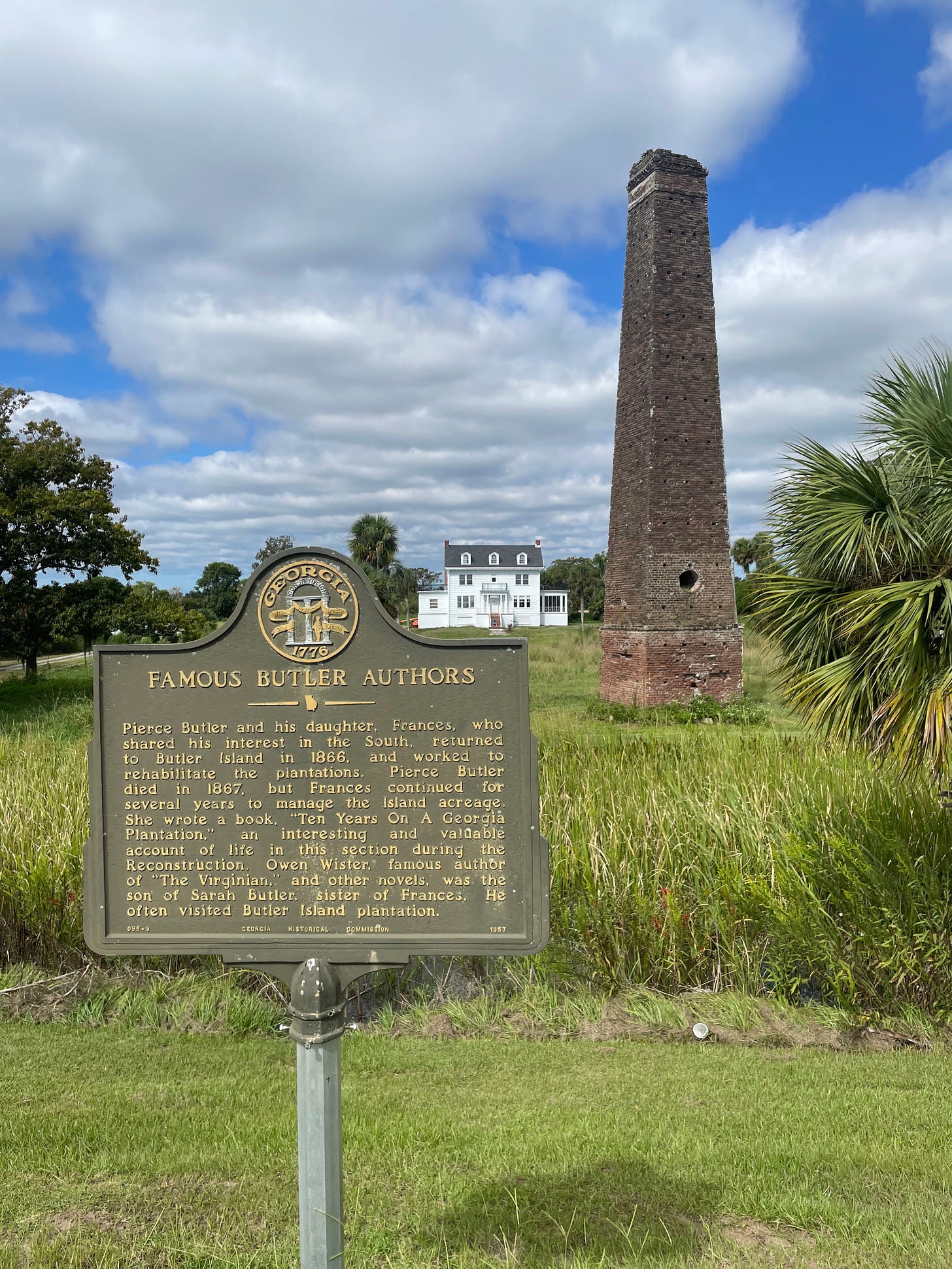
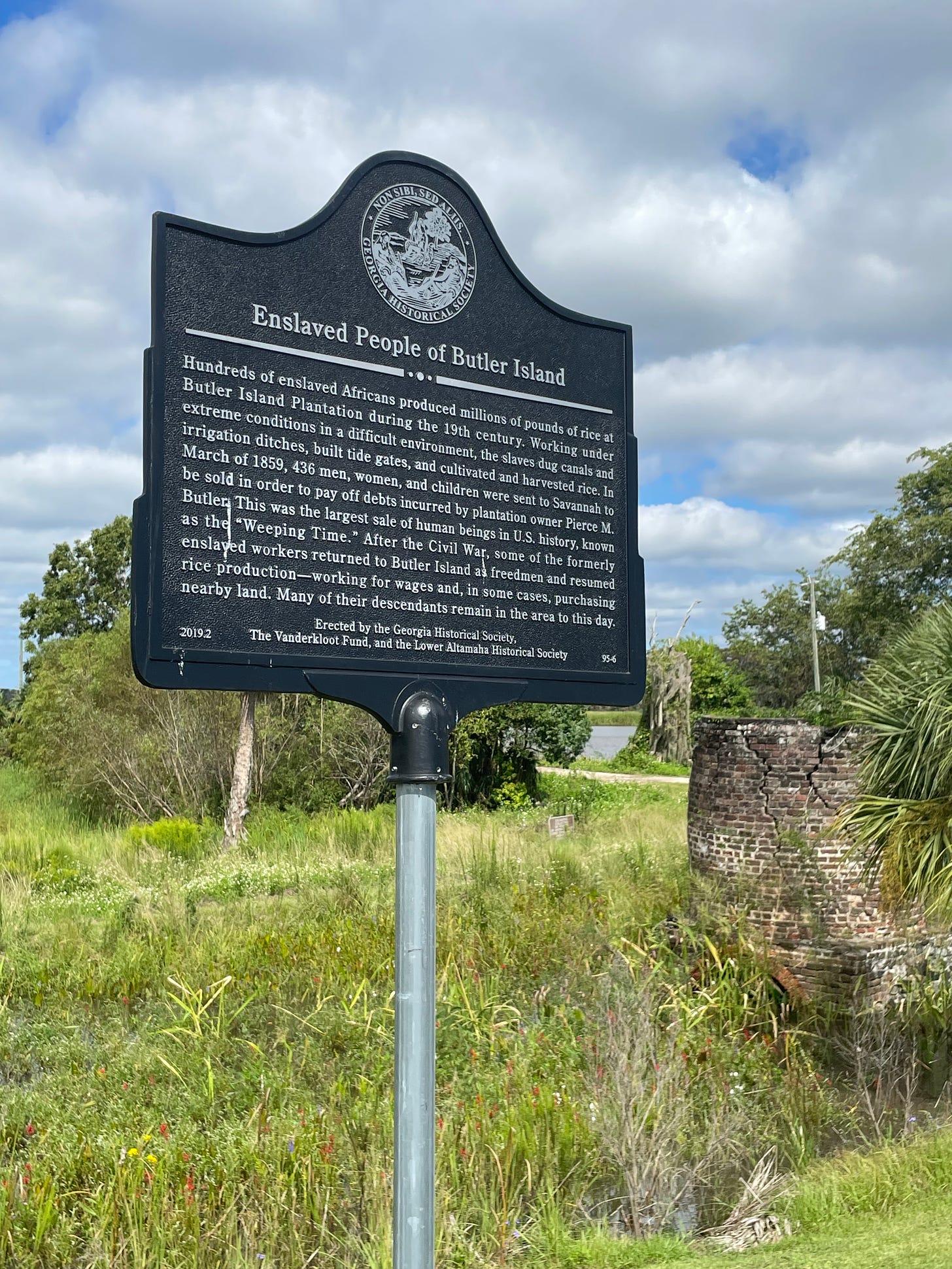
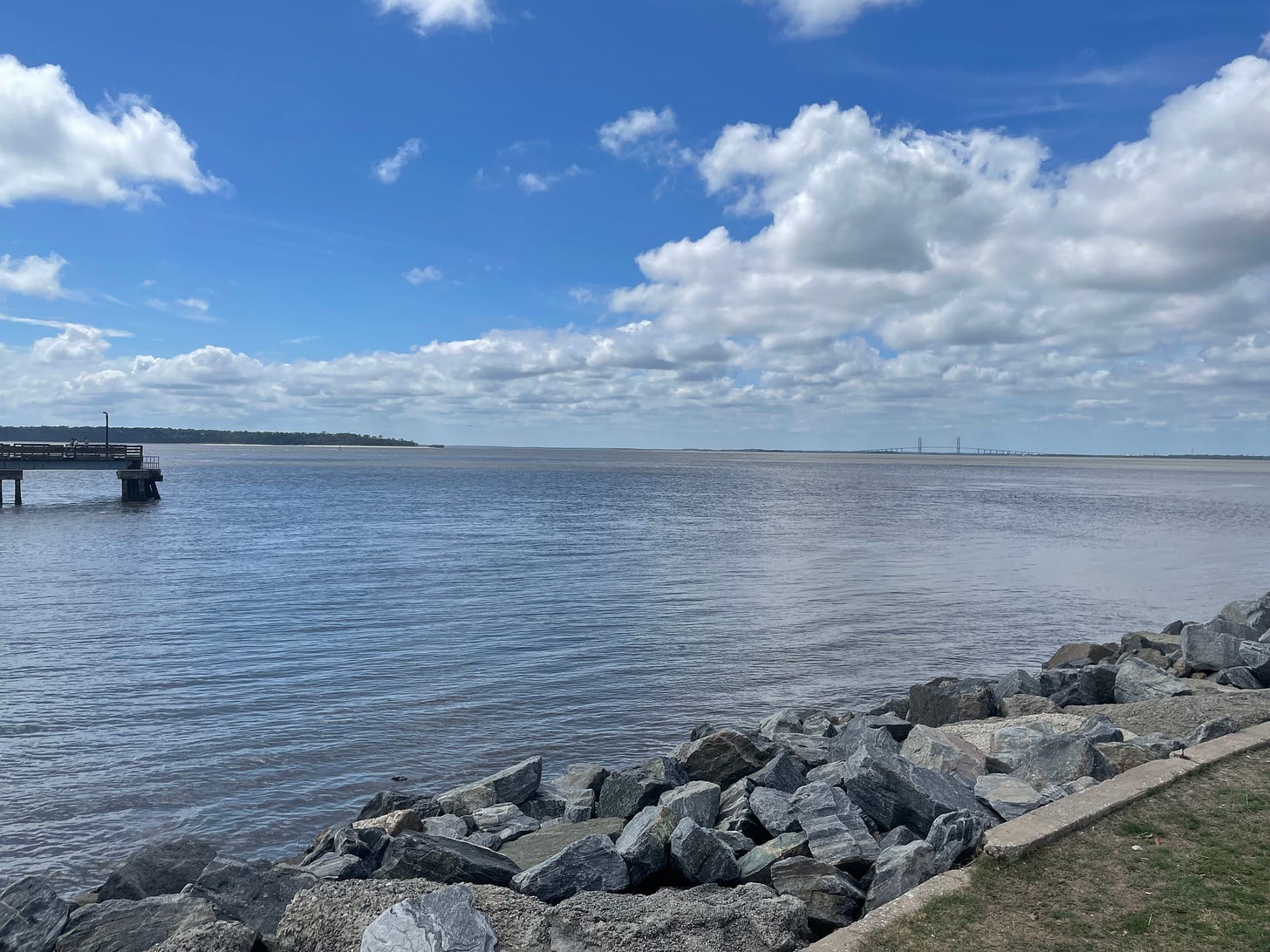
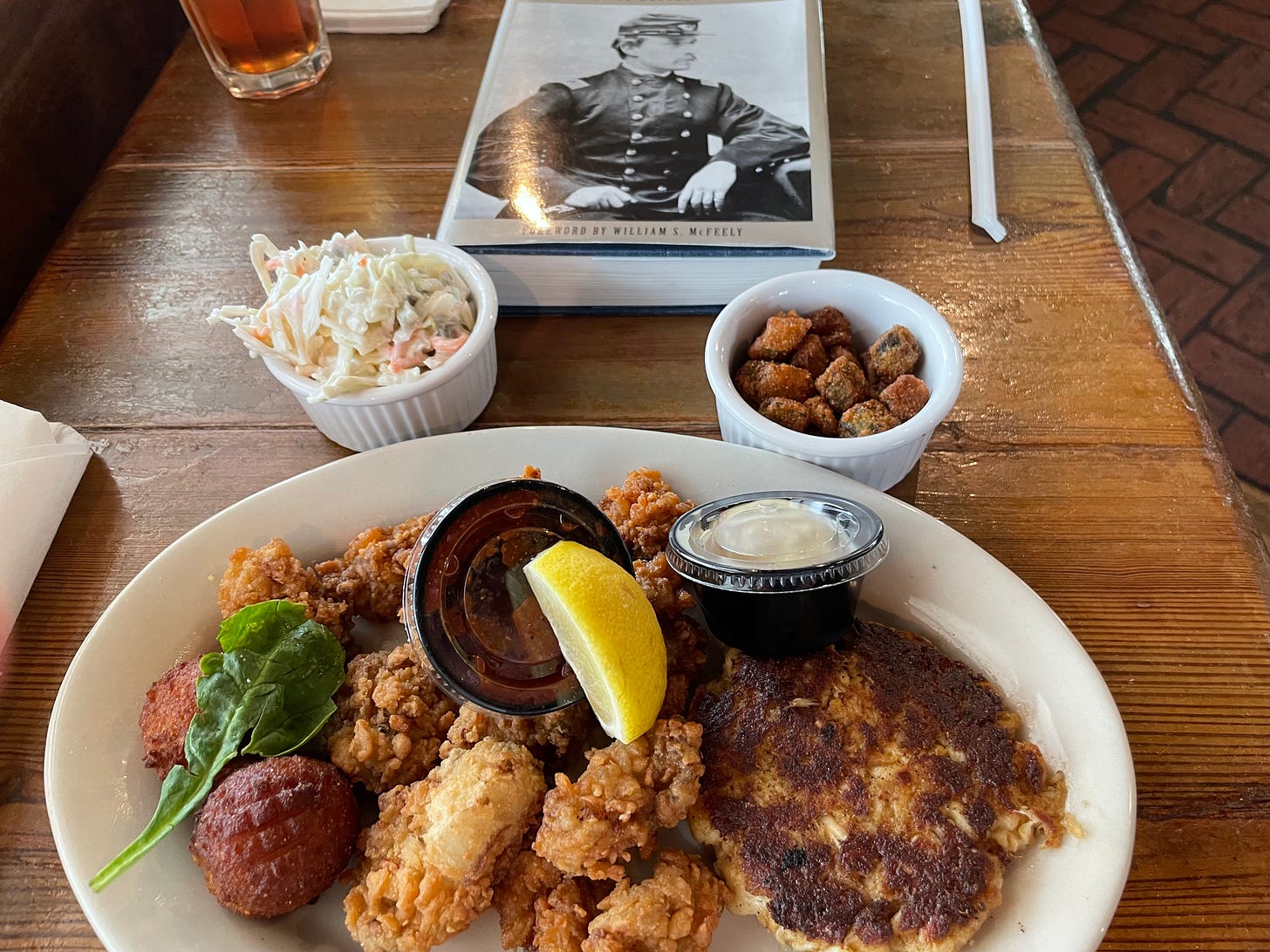
Timing is everything, and in this case mine stinks. We visited Darien once, while staying with my in-laws, but I did not know any of this history at the time. Well, we might go back, and now I know enough to visit intelligently. Thanks, Kevin.
You had mentioned you had read about rice cultivation, and I thought of Stewart's book. I came to understand about the use of both salt water and fresh water in its production. If memory serves, look at around page 99 in the book.
I went to graduate school with Clarence Mohr, and he was always (to his credit) working on his dissertation. Unlike many of us at University of Georgia, he was able to secure a college teaching position. Others, like myself, went the route of private schools, while some became librarians or administrators in adult education.
By the way, I wrote my dissertation on E.M. Coulter who, among his many other publications, wrote an article in 1959 in CIVIL WAR HISTORY on the Burning of Darien. Not surprisingly, he evokes a strong pro-Southern viewpoint.
The historian I mentioned to you without providing his name was Buddy (not Benny) Sullivan. To be honest, he plays to a particular crowd.
I might have some material that I could scan for you if you would like. I recall an article in the KANSAS HISTORICAL QUARTERLY (1970s I think) that is a strong defense of Montgomery. I will see if I can find it. Keeping in mind that I am roadkill on the technological highway of life, should I use the Substack email above to send you any further information about Darien that I uncover? If you wish, provide me with a snail mail address and I can perhaps copy some information for you if you would like.
We lived in Darien from 2013 until 2018, and then returned to Chattanooga where we had lived from 1987-2013.
Again, I loved the posting. I wish you had had a chance to visit the Burning of Darien Museum, and the picture of the food had to have been at Skipper's. Next time, get the shrimp at B and J's. It is the best in the world (seriously).
Take care,
Michael Woodward (Woody)